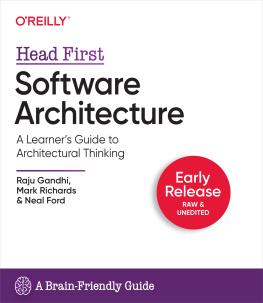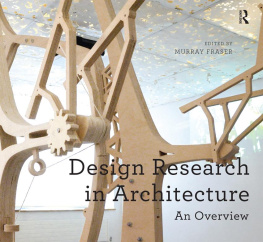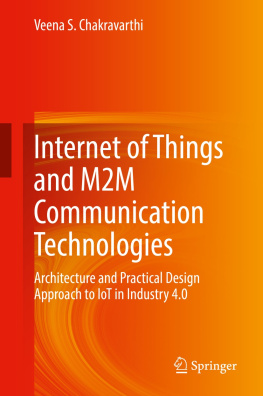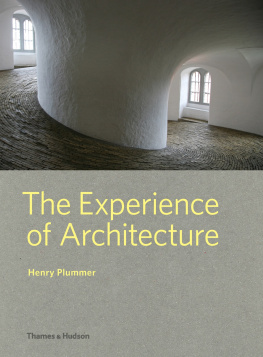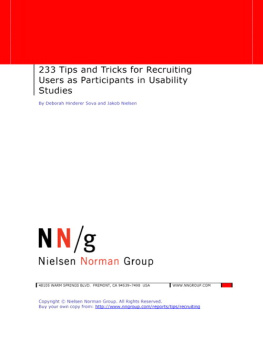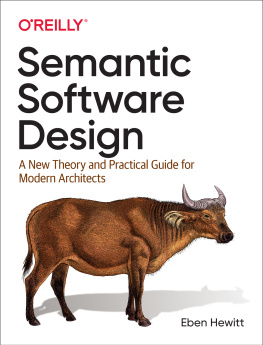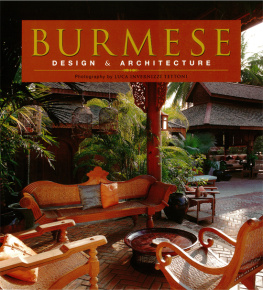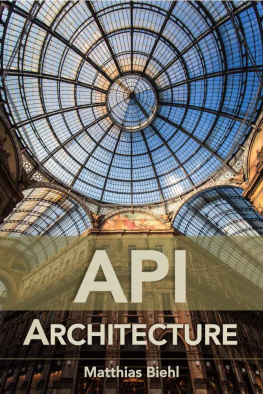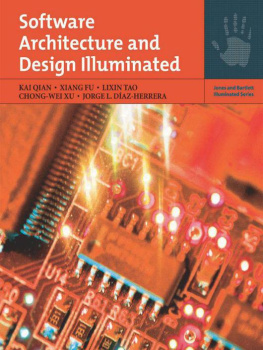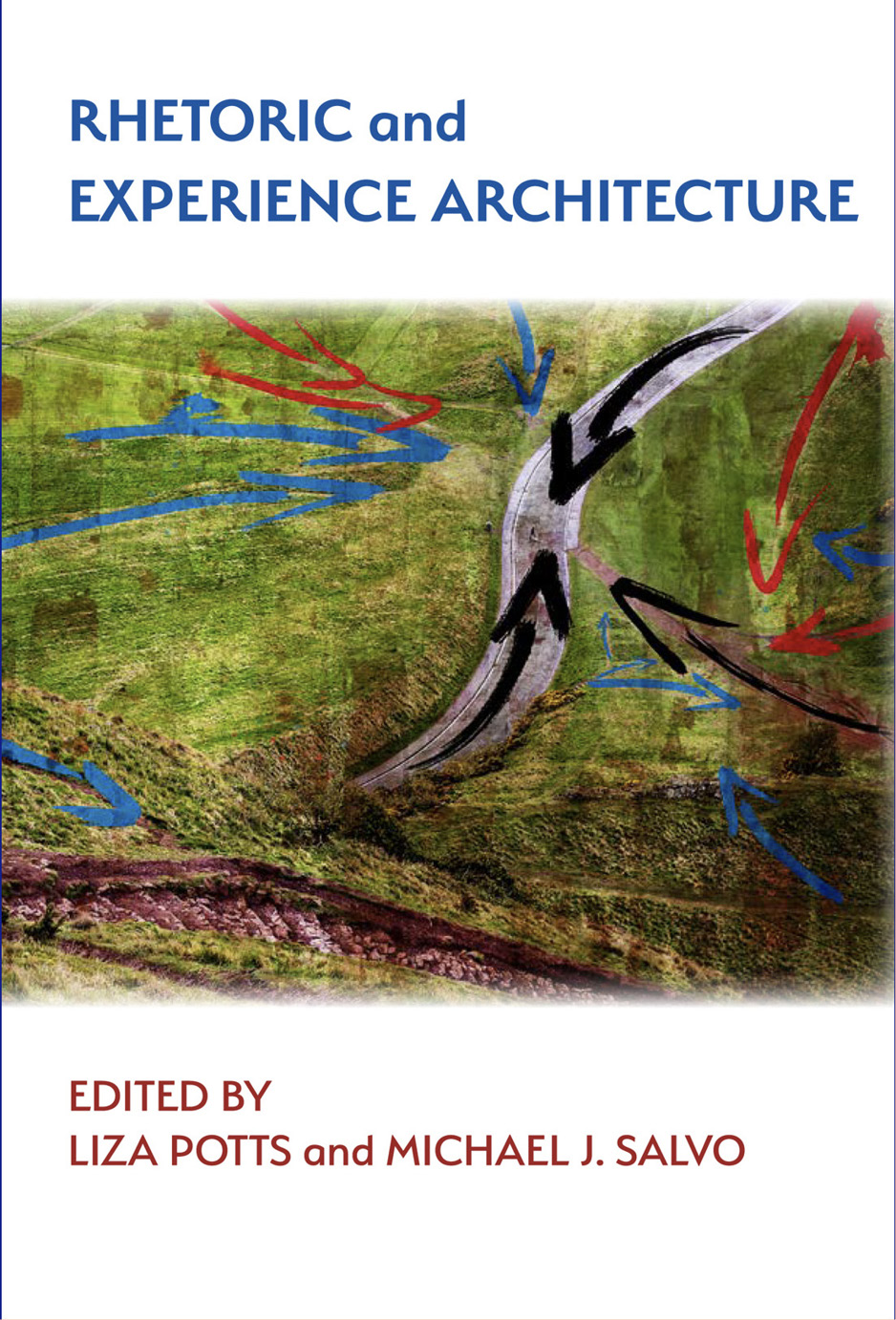Rhetoric and Experience Architecture
Edited by Liza Potts and Michael J. Salvo
Parlor Press
Anderson, South Carolina
www.parlorpress.com
Parlor Press LLC, Anderson, South Carolina, USA
207 by Parlor Press
All rights reserved.
Printed in the United States of America on acid-free paper.
S A N: 2 5 4 - 8 8 7 9
Library of Congress Cataloging-in-Publication Data
Names: Potts, Liza, editor. | Salvo, Michael J., editor.
Title: Rhetoric and experience architecture / edited by Liza Potts and
Michael J. Salvo.
Description: Anderson, South Carolina : Parlor Press, [2017] | Includes
bibliographical references and index. |
Identifiers: LCCN 2017038154 (print) | LCCN 2017047258 (ebook) | ISBN 9781602359628 (pdf) | ISBN 9781602359635 (epub) | ISBN 9781602359826 (ibook) | ISBN 9781602359833 (mobi) | ISBN 9781602359604 (pbk. : acid-free paper) | ISBN 9781602359611 (hardcover : acid-free paper)
Subjects: LCSH: Communication and technology. | Rhetoric--Technological innovations. | Content analysis (Communication) | Information resources management. | Research--Methodology. | Social change in literature.
Classification: LCC P96.T42 (ebook) | LCC P96.T42 R53 2017 (print) | DDC
808.00285--dc23
LC record available at https://lccn.loc.gov/2017038154
978--60235-960-4 (paperback)
978--60235-96- (hardcover)
978--60235-962-8 (pdf)
978--60235-963-5 (epub)
2 3 4 5
Cover image: 206. Photo by Michael Lechner on Unsplash. Used by permission.
Book Design: David Blakesley
Copyediting by Jared Jameson
Parlor Press, LLC is an independent publisher of scholarly and trade titles in print and multimedia formats. This book is available in paper, cloth and eBook formats from Parlor Press on the World Wide Web at http://www.parlorpress.com or through online and brick-and-mortar bookstores. For submission information or to find out about Parlor Press publications, write to Parlor Press, 305 Brackenberry Drive, Anderson, South Carolina, 2962, or email editor@parlorpress.com.
Contents
Acknowledgments
We want to thank all the authors who contributed to this volume. Over a long and tumultuous path to publication, our contributors were patient, professional, and productive. Our goal from the outset was to create a forum for academics and practitioners to share their experience and, along the way, convince as many as we could that experience architecture was a term that accurately described their work. Charles Sides was convinced early on, and offered valuable feedback and advice at an important moment. Ashita Nichanametla, Erin Brock-Carlson and Michelle McMullen offered us great insight and helped us construct another interface for readers to encounter the book. We would also like to thank Laura Gonzalez whose work on international user experience is helping us plan our next project. Michael is grateful to Liza for pushing the project along when he just could not even, and Liza is thankful for Michaels persistence. We presented early versions of this work at the Council for Programs in Technical and Scientific Communication (CPTSC), Conference on College Composition and Communication (CCCC), and the Association for Teachers of Technical Writing (ATTW) and are thankful for our colleagues patient guidance and direction during early stages of the work, and are especially appreciative for the Association of Computing Machinerys Special Interest Group on the Design of Communication (ACM-SIGDOC) for helping us refine our approach and for providing excellent feedback in Silver Spring, Maryland and Limerick, Ireland. David Blakesley has a vision for the future of academic publishing; Jared Jameson has been sharp-eyed. Any value here is attributable to these collaborators and any missteps are of our own making.
Our spouses have been patient as we discussed what we affectionately refer to as The RXA, disrupting family time. And to our children, Lizas Ze, Katie, and Jayne and Michaels Aila. Joy.
Introduction
Liza Potts and Michael J. Salvo
E xperience architecture (XA) represents an emerging context for the practice of a variety of research and practical skills. On one hand, these proficiencies are incorporated into commercial design and development work. User experience (UX for short) has become an effective workplace moniker for this assemblage of practices. The study of language, and especially of persuasion, grounds user experience architecture. Rhetoric sustains the technology-rich discussion of language and design that characterizes the contemporary exploration of emerging practice and enriches UXs research and methods. Experience architecture is a professional site merging the newest technologies with ancient knowledge, hence the need for a volume in which rhetoric and experience architecture are brought into dialogue.
With chapters contributed from twenty-five authors in three countries (and eleven US states), representing eighteen Universities and Research Institutions and design firms practicing experience architecture, this edited collection represents the evolving ideas of an emerging area of study. Experience architecture (XA) is focused on the research and practice of creating technologies, products, policies, and services that serve the needs of various participants. XA focuses on issues addressing usability; interaction design; service design; user experience; information architecture; and content management for websites, mobile apps, software applications, and technology services.
Definitions of Experience Architecture
We take experience architecture to be the architecture of mediated systems, resulting in a designed capability for those using those systems to communicate. Experience Architecture takes a systems approach to the reciprocal processes of analyzing and constructing social experiences in a variety of networked digital environments as well as a number of physical spaces. While social media represents the most immediate example, this collection demonstrates that a wide range of organizations deploy experience architecture in a broad application in virtual and physical space. These organizations value insights gained employing reflexive, iterative processes of designing interactive environments.
While Experience Architecture is new in comparison to Rhetoric, Donald Norman insists it isnt a wholly new concept, emerging alongside Apples first generations of personal computing devices in the late twentieth century: the original book says nothing of what has come to be called user experience (a term that I was among the first to use, when in the early 990s, the group I headed at Apple called itself the User Experience Architects Office) (Norman, 203, p. xiii). Before the web became ubiquitous, long before the phenomenon of smartphone users started gathering likes and comments on their latest updates and photos, Norman named the infant disciplinary formation:
It requires a change to emphasize the human needs, to emphasize development for people. Such a change will not come effortlessly. It requires a new process for product development, one that involves the social side of development as much as the engineering and marketing sides. It requires bringing a new disciplineuser experienceto the development table. And it requires that this new discipline live up to the challenges before it. (Norman, 998, p. 229)
It is challenging indeed to emerge with a new disciplinary formation facing the always-ongoing crisis in the very Humanities and Social Sciences we are charged with making relevant to the public and engaging with our engineering and programming colleagues. We are, again in Normans words, victims of our own success ( Invisible Computer, 229 ) because we have let technology lead the way. Experience architecture puts human experience first, ahead of technological change or disruption. Comprehension begins, through its Latin roots, with taking ahold of something, of grasping it. So we need to grasp how our artifacts emplace us within the world, revealing how we can use these devices to better enjoy our experiences and maximize our time with the people we want to include in our lives. This emerging discipline is part of the process of humanizing technology: it is a systematic approach to discovering with whom we want to share our time and attention. It is quite a different definition of technological development and of user-centered designwith fewer zombies in technology-addled comas and more time available to maximize our presence in our loved ones lives. It isnt surprising to see so many resisting technology when it results in more distance between us, less time spent together while we update, upgrade, and reboot our devices searching for ever-better Wi-Fi signals. Perhaps we are designing the wrong kinds of immersive environments. We need to focus less on single activities that envelop us in technology, and more on creating experiences that are augmented by technology. Meaningful, rich, humane, and valuable technologically mediated experiences drive this field.


